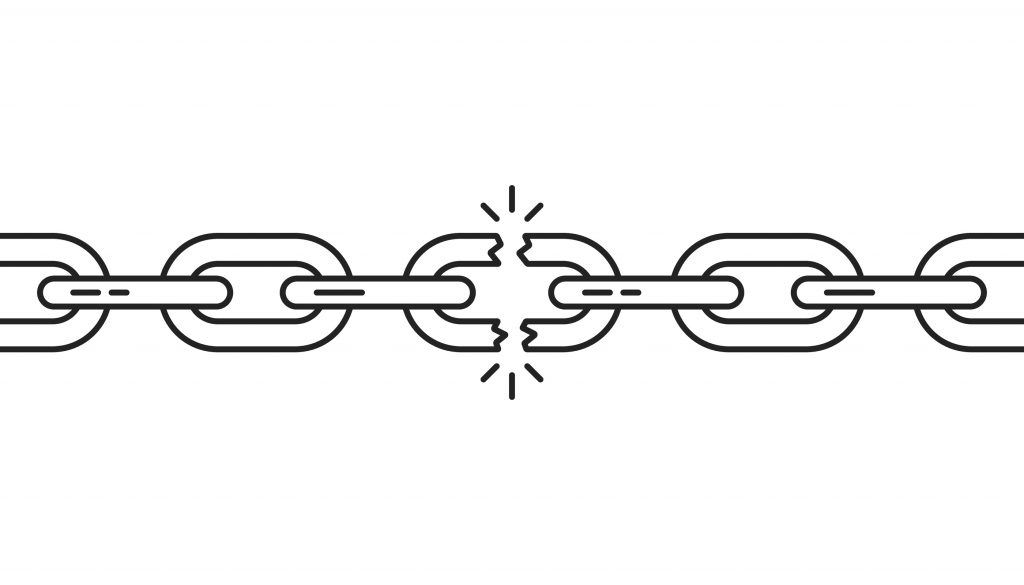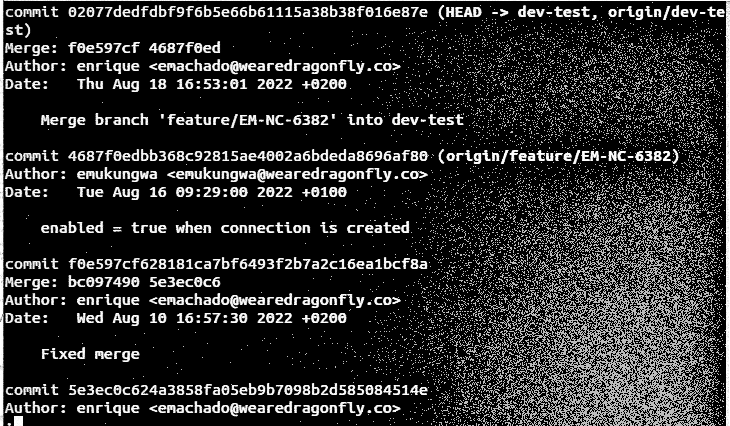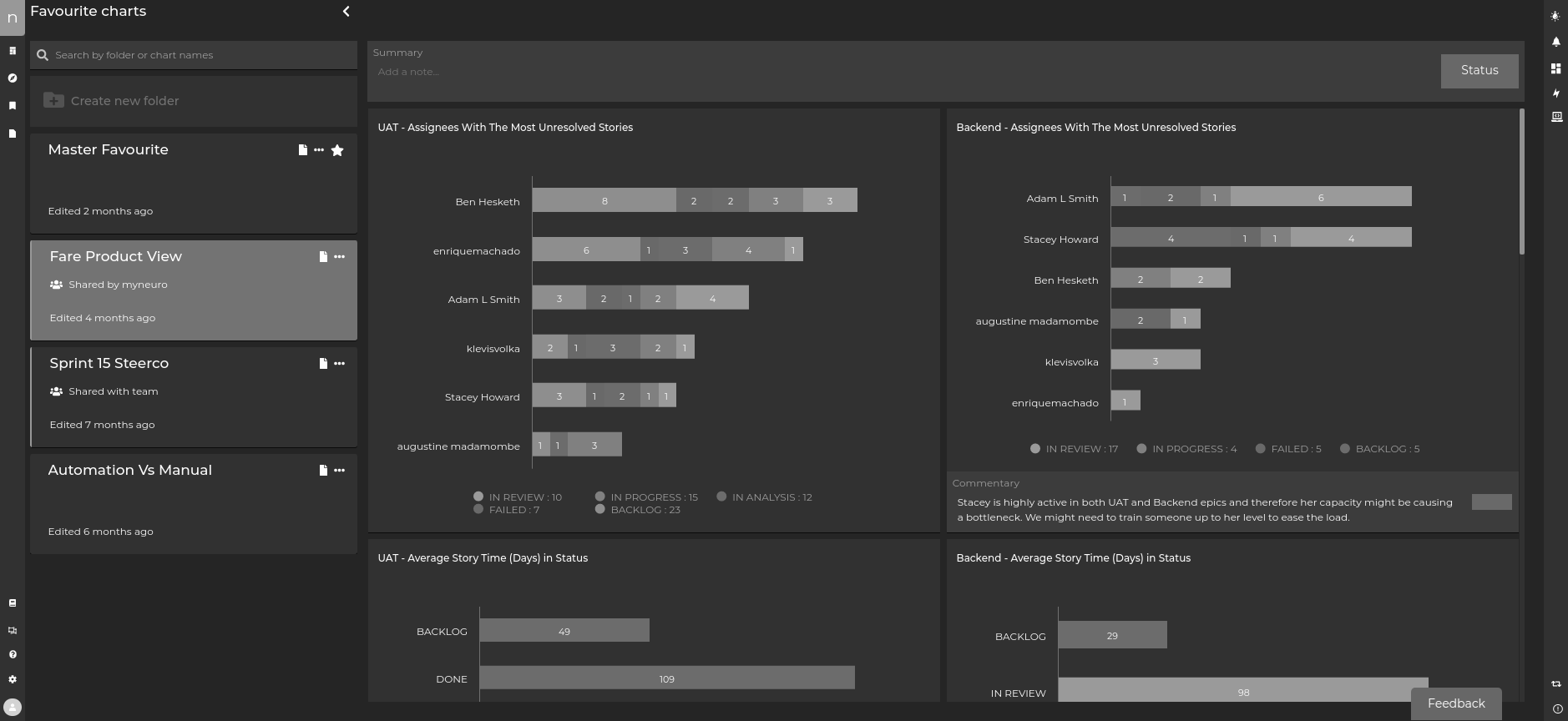The economics of software development have fundamentally changed. Cheap credit is less available, resource costs are increasing and skilled technology professionals are in short supply. At a time when demand for technology has never been greater, companies and their senior leadership are increasingly challenged in their technology delivery and digital transformations. This short paper focuses on how organisations can achieve cost and value transparency, reduce waste and close the gap between high-performing competitors by increasing agility and resilience while driving down the cost of building and delivering software – zero-waste software development.
People always link the idea of growth to the notion of ‘expansion’. But in the world of technology, growth is in fact better linked to ‘change’. By changing how software development is managed and shifting to a zero-waste software development approach, organisations release additional engines of growth faster and outperform competitors in the long run.
Summary
- Dragonfly’s own research shows companies are accepting that there is up to a 20% increase in resource costs, if not more in some key areas. This is despite recent layoffs in technology sectors.
- The disparate and global nature of software delivery means productivity is currently often inconsistent, with the root causes of poor performance unknown and undeterminable in most cases. Reasons include complexity, structure, silo culture, management and many more. The inability of organisations to use technology to routinely capture and analyse productivity and cost data means this remains the status quo, leaving them unable to measure business value from their technology teams
- Forward-thinking companies are now starting to look for and adopt new operating models, e.g. value-streams, that can better control costs and improve commercial returns on technology investments. Value streams cut across and connect siloed business and technology capabilities providing end-to-end visibility of the activity flow, from customer request to delivery.
- More than ever, this makes the application of new technologies and lean management practices relevant. These focus on initiatives and delivery methods that improve transparency, reduce waste and cost while increasing productivity and transparency across the technology supply chain.
- This growing number of organisations have identified that they require better business intelligence on technology projects to achieve a move to zero-waste software development.
Dragonfly has developed a new set of offerings to address these productivity, transparency and cost-related challenges. Typically, we see a 10-20% productivity gain across our clients while drastically reducing the cost of reporting and IT governance.
By providing better business intelligence we offer immediate insight into how to reduce waste and achieve productivity gains. We automate manually intensive administrative tasks out-of-the-box, such as status and performance reporting, governance, and other key management processes. Importantly, we tell teams how they stack up across their company as well as their industry peers, and extend this to third parties to measure technology vendor performance and give a complete view of the technology value chain. This enables organisations to benchmark the value that technology projects deliver to the business and keep technology aligned with business and digital transformation goals.
The journey towards zero-waste software development
Dragonfly’s goal is to move the industry towards zero-waste software development driving down the cost of building and delivering software. Every engineering, quality and transformation team should spend their time working towards their goals without having the traditional overhead and waste of current practices. Through the practical application of technology (analytics, automation and AI), lean management, and agile methods, we are creating a industry-leading lean engineering and quality supply chain at the enterprise-level. In doing so, we will move our clients toward zero-waste software development.
Using our business intelligence platform neuro, Dragonfly can quickly and securely analyse an organisation’s supply chain, devops processes and software development practices. We can provide immediate insight into how to reduce waste and achieve productivity gains, while automating manually intensive administrative tasks, such as status and performance reporting, governance, and other key management processes – out-of-the-box. Importantly, we can tell teams how they stack up across their company and industry peers or how their technology vendors are performing, giving them a complete view of their technology value chain. This enables organisations to benchmark the value that technology projects deliver to the business and keep technology aligned with business and digital transformation goals.
Industry shift to zero-waste software development
Over the past 18 months, we have seen a changing set of behaviours from enterprise technology organisations. The focus is moving towards value, transparency and efficiency. Specifically:
- Companies want to consume knowledge and expertise based on value and outcomes. They want better transparency from technology teams and vendors – it is essential that they know where the money is going and how much business value is being delivered.
- Forward-thinking companies are now starting to look for and adopt new operating models that can better control costs and improve commercial returns on technology investments
- Companies want embedded knowledge, skills and value – they want to avoid having knowledge simply walk out the door when a digital transformation ends
- Companies are improving the speed and delivery of existing capabilities across the technology supply chain by utilising a technology and data-first approach. They are focusing on the maturity of their data, rather than processes, to better retain knowledge, manage at a lower overhead and create value faster, harmonising key business and technology capabilities.
Modernising the CXO and leadership experience
Our conversations with CXOs show the requirements of senior leadership are clearly evolving in line with increasing demand from digital transformations as they consume ever more resources and spend. Senior teams need better information and insight to track and show progress throughout the transformation journey, whilst avoiding information overload. Unfortunately, increased demand for data has not led to teams being able to deliver the reporting, governance and level of insight the business and stakeholders need or ask for.
The “asks” from most CXOs fall into five main requirements:
- A clear set of goals and outcomes they can track
- Visibility and transparency across their teams
- Consistent and insightful reporting
- In-depth governance that is not an afterthought
- Information and insight that is easy to consume and gives the ‘so what’
Unfortunately, obtaining even the most basic information puts increased pressure on an already stretched and stressed layer of middle management. Valuable time is taken away from their day job of delivering value, with managers and team leaders losing 1 – 2 hours a day to reporting, answering questions, resolving issues and assigning work. This adds up to a big productivity loss.
Studies have shown that when people are stressed, accuracy suffers. The pressure to come up with the right answers quickly can lead to incorrect, biased and incomplete data flowing across teams and organisations. Gloria Phillips-Wren & Monica Adya’s article in Journal of Decision Systems 27 May 2020 highlights and draws the conclusion (from much supporting research) that the quality of management decisions, information processing, accuracy and judgement are directly impacted by information overload, time pressure, complexity and uncertainty. They also highlight the consequences of these pressures and place emphasis on the use of decision support systems (DSS).
The result is an increase in waste and cost, and a loss of productive time. Sadly, this is an all-too-common picture across the technology industry. This begs the question: if the management function across the complex supply chain is struggling, how can the rest of the eco-system of a modern enterprise work efficiently and effectively?
The Future Engineering and Quality Supply Chain/Value Chain?
Re-shaping the way some of the most sophisticated businesses deliver software and innovation is not an easy task, but it is possible. Technology is not enough; it still needs the human touch to deliver transformation in the technology delivery and management space, bridging the information and capability gap. To reshape outcomes, the approach and narrative needs to be refined. The focus is a story of people development, data maturity and use of technology. This is as opposed to reshaping functions or changing the management team. Through the establishment of a ‘data first’ culture, companies can fix their management and supply chain. Using neuro as the backbone, Dragonfly has created an ecosystem of services that support the reshaping and transformation of engineering, devops and quality management functions in organisations.
Our data science and consulting teams work closely with clients to continually train neuro to identify and automate new insights to bridge the information gap. This enables clients to consume knowledge easily, manage risk and gain a single view of the technology supply chain. In turn, neuro provides deep personalised insights that prevent information overload and give clear context by providing the appropriate lens, e.g. quality, while removing the operational cost and waste that arises from a dedicated reporting and governance team or within a busy delivery team. This ensures CXOs have access to deep technical and domain knowledge to answer any specific questions 24/7. Think of this as the ultimate command-and-control capability that harnesses disparate data sources to deliver value to CXOs, management and delivery teams on the frontline.
Guided Engineering and Quality Transformation Journey
Change can often be painful for all involved but if you invest in the appropriate tools and are willing to break old rules then you will be successful. Dragonfly is now working with clients in new ways, combining key elements into the transformation journey. While no specific element is unique, how we apply them is. For example:
People – We are looking at the type of behaviours, questions and decisions that make organisations successful based on data sets. This enables us to link cause and effect with an understanding of what good looks like. It becomes far easier to answer questions like “how do we go faster” and tie such questions to successful behaviours, management practices and the wider organisational culture.
Data – We focus on the end-to-end data picture, maturity and flow and major part this plays in improving behaviours and the decisions that make organisations successful – through better use of their data and knowledge, and making sure the right people have the right insights. This is founded in translating technical metrics into a meaningful business narrative that is easy and lightning-fast to consume moving beyond the current siloed approach.
Use of technology – We simplify and standardise how technology is used to manage teams across the tool chain, injecting expert technical knowledge at each stage of the lifecycle. We ensure a focus on continual enrichment and refinement of new sources of insight by wrapping neuro around the different tools used by different teams. With the ability to connect to any data source via an API or our enterprise data bus, neuro can normalise vast data sets and provide a uniform and standardised visualisation layer.
If you view your organisation as an F1 team, you learn how to go faster after every race by asking new and better questions. Questions need to be asked based on data, not human assumptions alone. The nature of questions will change as your understanding improves. In essence, you ask better questions as you discover new insights from your data, giving clear units of meaning. As the quality of questions improve, the speed and consistency of good decisions and outcomes increase. Dragonfly recently delivered an engineering review using neuro to baseline and define the subsequent transformation roadmap. We quickly provided detailed insights on what needed to change to the senior leadership and management team, why and the value and outcomes this would achieve. Please see the case study below.
The Way Forward
Each company’s journey is unique, but by combining technology, developing people, and establishing a data-first culture, a sustainable flow of value can be created to move organisations and the industry towards a goal of zero-waste software development – and all the benefits that this brings. This strategy connects clearly to the overall business goals of better cost control and improved commercial returns on technology investments. Companies need to equip themselves to deal with rising input costs and increasing scarcity of resources, while building greater operational resilience and allowing teams to be more flexible and adaptable to changing economic conditions. Put simply, they need to be able to reap the rewards of doing more with less.
We see a clear difference in outcomes achieved between businesses willing to innovate quickly and collaborate across value chains and those that are currently not of this mind set. Those that cut corners or ignore the changing needs of a digital-first business will only see greater productivity losses and fewer positive outcomes. As the competition advances, the price paid will increase as time goes on. A recent paper by Baillie Gifford offers interesting investor insight and conclusion on technology spend given the potential economic head wins in 2023 onwards. ‘It is becoming clearer that companies that embrace leading-edge technology will be fitter for whatever the future holds. This fitness is what is sold by companies tied to digital transformation. While the path of digital transformation is already well-trodden by growth investors its potency and duration are still underappreciated’
Our approach is only the start of what is possible, but one thing is now very clear: the economics of combining knowledge-based services with better business intelligence and technology is exceptionally cost effective. Why spend twice on technology and services, when the smart money and value goes on purchasing them as one? If you would like to know more please reach out to me at dan@wearedragonfly.co
Case Study
Leading Enterprise Technology Provider – Tech-Enabled Engineering Review
After delays to a number of key releases and ongoing production issues, this leading enterprise technology provider recognised the need to review and improve its engineering capability. Dragonfly was engaged to undertake an engineering review using Neuro and define and implement the subsequent transformation roadmap.
Client Profile
- Globally dispersed teams
- Non-standardised practices and rapidly scaling
- Keen to gain insights into their engineering processes and adopt best practices to improve output
- Increasing delivery risk with delays to key deliverables and new features
- Known weaknesses in several aspects of the SDLC
Solution
- Utilisation of Dragonfly’s engineering management platform Neuro to baseline current engineering practices and performance
- Analysis of engineering processes via structured interviews and asset reviews (based on Dragonfly’s 100 point- engineering assessment model)
- Identification of key gaps and improvement areas
- Definition of a target engineering delivery model and associated roadmap with prioritised actions
- Definition of KPIs and SLAs to enable ongoing engineering performance measurement (relating to velocity, time to value and quality)
- Establishment of an appropriate governance and control framework
Outcomes
- A solid understanding of engineering practices – good and bad – with a clear roadmap for improvement
- Immediate insights and visibility of engineering performance via Neuro
- Standardised framework for engineering delivery with closer collaboration between globally dispersed agile teams
- Improved visibility, communication and stakeholder management across the organisation
- Ongoing engineering performance monitoring incorporating tracked KPIs/SLAs
- Provision of a centralised function for performance-monitoring and benchmarking, decision-making and investment in continuous improvement



